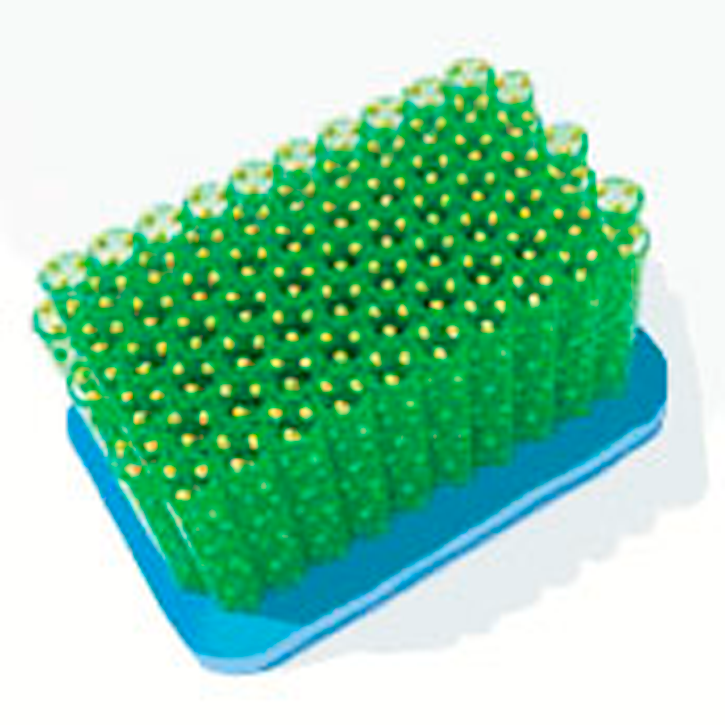Article contents
Nanodiode-based hot electrons: Influence on surface chemistry and catalytic reactions
Published online by Cambridge University Press: 10 January 2020
Abstract

Understanding fundamental mechanisms for surface electronic excitation is of great importance in surface chemistry. Charge transport through metal–oxide interfaces plays a significant role in heterogeneous catalysis. Over the last several decades, a number of experimental and theoretical results suggest that this charge flow through metal–support interfaces leads to catalytic enhancement often observed in mixed catalysts. Direct measurement of charge flow on actual catalysts is a rather challenging task because it requires the use of an electronic circuit. This approach has been enabled by a catalytic nanodiode that is mainly composed of a catalytic metal and semiconducting oxides that form a Schottky contact. In this article, we describe the advances in this approach. We show that there is close connection between the phenomena of hot-electron creation and chemical reaction that occur at both gas–solid and liquid–solid interfaces. The intensity of hot-electron flow is well correlated with the turnover rates of corresponding reactions, which opens the possibility for developing new operando methodologies to monitor catalytic reactions as well as a novel scheme for the electronic control of chemical reactions.
- Type
- Materials for Hot-Carrier Chemistry
- Information
- MRS Bulletin , Volume 45 , Issue 1: Materials for Hot-Carrier Chemistry , January 2020 , pp. 26 - 31
- Copyright
- Copyright © Materials Research Society 2020
References
- 12
- Cited by


